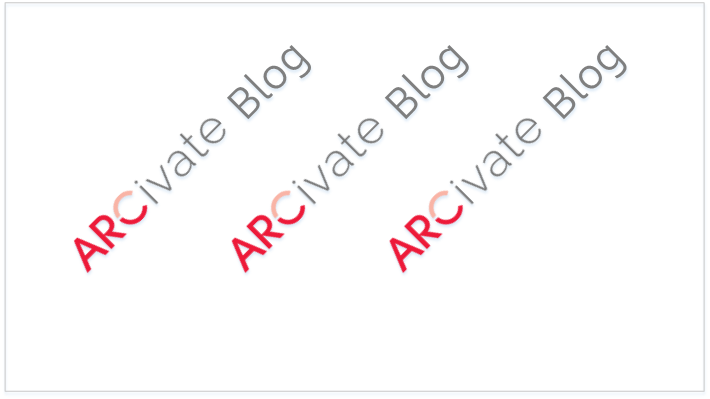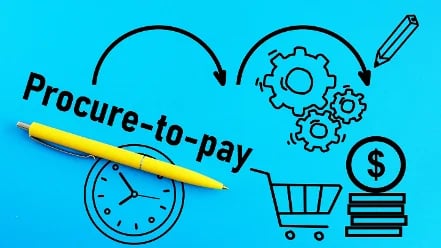
No PO No Pay Policy – the key benefits and challenges
Why a “No PO No Pay” policy?
The purpose of a Purchase Order ( “PO”) is to communicate committed purchases to the business to track and manage spend against budget. They exemplify procurement best practices.
They help to drive spending through approved suppliers against negotiated contracts and ensure pre-authorisation by the appropriate budget holder.
PO compliance is now an accepted KPI and a “No PO No Pay” purchasing policy is widespread. Many organisations refuse to process invoices that don’t quote a valid PO number as they look to drive compliance and control within procurement and in turn increase the efficiency and effectiveness of the procurement process.
What is “No PO No Pay”?
“No PO No Pay” is a simple concept: If an invoice is received from a supplier with No PO associated with it, the invoice will not get paid.
In solving the procure-to-pay challenges, the overriding objective is to improve efficiencies in your business’ procurement processes – making it easier to track expenditure through the purchase order history.
Externally it assures suppliers that it is safe to do business and that they will get paid. Internally it promotes best practices in channelling company expenditure through a formalised procurement process.
The top five benefits of a “No PO No Pay” policy
- No surprise invoices
“No PO No Pay” policy and procurement software go hand in hand. Without a purchase order to accompany them, suppliers know that sending an invoice will result in non-payment. By creating the purchase order in your Oracle procurement solution, sending invoices to the system without linking it to a purchase order is impossible.
Having these two things in place eliminates the risk of retrospective purchase orders being issued.
- Checks and balances are in place
All purchase orders are issued only by the procurement team, which ensures that the appropriate processes are followed. Ultimately, the company saves money by securing better supplier negotiations.
- Better compliance
In solving one of the procure-to-pay challenges, Purchase Orders serve as a legally binding document ensuring both parties comply with the agreed terms.
- Greater efficiency and visibility
PO's are a very effective way of reducing the time and resources associated with processing supplier invoices - in particular, reducing the cycle time from receipt of invoices to processing. You cannot do Straight Through Processing with invoices without an Invoice Automation solution and it allows invoices to be processed and released for payment with as few touches as possible, ideally with no human intervention, as long as you have implemented invoice automation; then you can have so-called "straight-through" processing.
They also bring greater visibility into budgets and spend analytics.
- Make better business decisions
The benefits of a “No PO No Pay” policy go way beyond cost reductions. The data at your fingertips will help you make more informed business decisions and give your business a competitive advantage.
The challenges of a “No PO No Pay” policy
Implementing a “No PO No Pay” policy into your organisation is not an easy task. Many get overwhelmed and suffer from not being particularly agile. Some small companies may not see the value of a formal procurement process when they can accommodate a more flexible approach for Non-PO invoices, why tackle the challenges of the procure-to-pay process? There are many positives to implementing No PO No Pay within your organisation, whether big or small.
Without a doubt, the policy must be introduced as part of a change programme, guided by your buying teams and supported by systems, tools and processes that are easy to use. Having an onerous system is a recipe for disaster and will undo any of the benefits.
See our customer success stories to understand how to successfully implement a “No PO No Pay” policy.
Watch Mi Invoices No PO No Pay Webinars
Watch our Mi Invoices webinar recording on No PO, No Pay on how our ideas can help you dramatically improve your accounts payable processes
Purchase to Pay - the benefits of a No PO No Pay policy
- What is No PO, No Pay?
- The Challenges of a No PO, No Pay policy?
- Top 5 Benefits of a No PO, No Pay policy
- Make better business decisions
For Oracle E-Business Suite 
or
For Oracle ERP Cloud (Fusion) 












